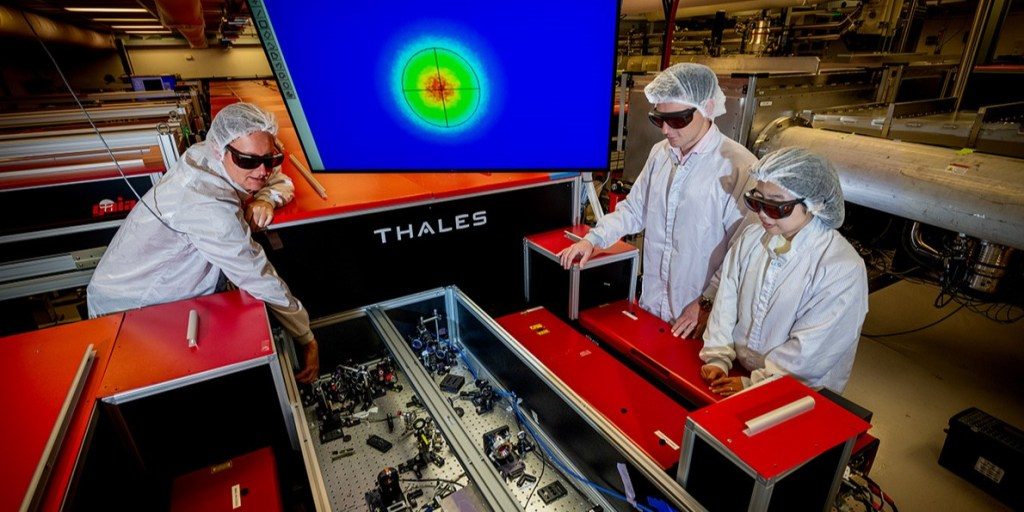Researchers at the Department of Energy’s Lawrence Berkeley National Laboratory (Berkeley Lab) have made a breakthrough in laser technology by using machine learning (ML) to help stabilize a high-power laser.
This advancement, spearheaded by Berkeley Lab’s Accelerator Technology & Applied Physics (ATAP) and Engineering Divisions, promises to accelerate progress in physics, medicine, and energy. The researchers report their work in the journal High Power Laser Science and Engineering.


